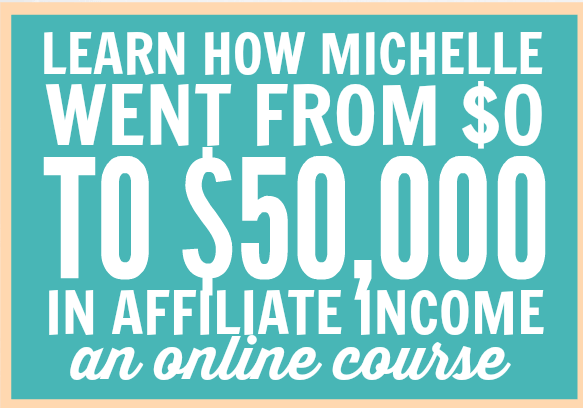My 26th birthday was the first birthday I haven’t been excited about. Like many millennials, I remained on my parents’ health insurance plan until I turned 26. My parents are fortunate to work for an employer that offers incredible insurance. I now pay more in premiums for single coverage than my parents were paying for family coverage (yes, you read that correctly).
For those of us who are buried in student loan debt, paying for an expensive healthcare plan is difficult, if not impossible. Here are five ways to reduce your healthcare costs.
Shop around for plans.
Don’t stick with your employer’s plan just because it’s more convenient or because you assume it’s cheaper than a private plan – it might not be. There are quite a few (surprisingly decent) private plan options available right now. Consider every aspect of the plan – don’t be lured in by cheap premiums or a low deductible. Remember that the “best” plan for you depends on your health situation, how often you go to the doctor, and how many prescriptions you take (and the cost of each medication).
If you are married without children, don’t assume that employee + spouse coverage is your best option. It may be cheaper for you and your spouse to each have single coverage.
Find out if you qualify for subsidies under the Affordable Care Act.
If your income is low, you may qualify for subsidies through the Affordable Care Act (ACA), also known as Obamacare. If your income is too high to qualify, go directly to the provider’s website to enroll in private insurance. Do not go through the health insurance marketplace website – you will be charged a few extra dollars in fees per month on your plan if you go through the marketplace instead of going directly to the provider.
If you’re having trouble navigating the ACA and/or the different private insurance plan options, contact Gravie. Gravie is an awesome organization that helps individuals find the best plan for their particular situation.
Utilize a tax-advantaged FSA or HSA.
High-deductible plans offer health savings accounts (HSAs), and traditional plans often offer flexible spending accounts (FSAs). For both types of accounts, the member contributes money to the account, and the account is used to cover out-of-pocket medical expenses (such as prescriptions). For HSAs, employers often contribute a set amount per year to the account as well. The main differences between HSAs and FSAs are that HSAs have higher contribution limits and the funds rollover into the next year. For FSAs, a maximum of $500 can be rolled over into the following year.
Use BidRx to find cheaper prescriptions.
BidRx is a website that enables users to compare prescription drug prices. You can use the site to find drugs that are cheaper than the ones you currently take, and you can then bring this information to your doctor and request that s(he) prescribe you the less expensive option. Alternatively, you can purchase the medications directly from the BidRx website.
Buy generic drugs at a large retail store (instead of a drugstore).
I have chronic, year-round allergies, and I used to buy name brand OTC drugs at Walgreens. I grew frustrated with paying $40 for a tiny bottle of allergy pills, and I realized that I could get the same drug (in the generic version) at Target for a fraction of the price.
What are some ways you have reduced your healthcare costs?




Recent Comments